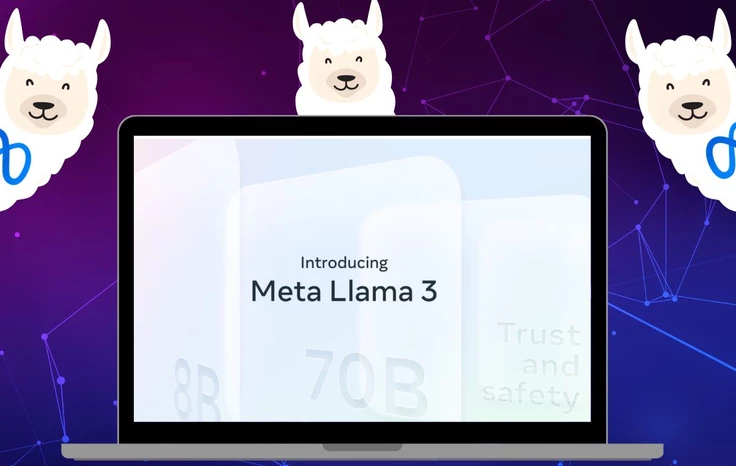Meta’s AI Splurge Causes Overnight Share Slump
Private: How can businesses get the most out of their data transformation?

Digital transformation is spurred on by the recognition that an insights-driven business is a competitive one. In turn, data has become a cornerstone of digital transformation. Now more than ever, enterprises are actioning their corporate data to get closer to customers and employees, while also improving operational efficiencies. The numbers speak for themselves; Forrester believes insight-driven companies are on track to making $1.8 trillion per year by 2021. Simultaneously, McKinsey Global Institute said that data-driven organisations are 23 times more likely to acquire customers. What's more, McKinsey also found that data-driven businesses are six times likelier to retain newcomers and are 19 times as likely to be more profitable. Clearly, we don't need to spend any more time exploring whether being data-driven is a good thing: it is, we all know it and have done for some time. However, being data-driven is just the tip of the iceberg – doing it well is an entire chapter in itself. 'Unlocking potential' or 'untapped value' are common terminology when we talk about insights or data. It comes as no surprise that enterprises aren't always getting the most out of their data, as the sheer volume they produce is understandably daunting. In turn, organisations have to take the necessary steps to help them reap the most value out of their data possible. Many will have moved their data to the cloud in a bid to do so. Sure enough, it's a good start: it's simpler, often more secure, flexible, and cost-effective. However, there is still much to do after this. In particular, data transformation is what will take your enterprise from good insights to great insights.
Driving it better with data transformation
Data transformation refers to the conversion of data from one format to another. There are a number of reasons businesses may wish to do so, such as for compatibility, simplicity, and consistency purposes. Some cloud data warehouses also require data to be of a certain type, thus necessitating transformation. However, organisations have numerous sources to extract data from, each of which are producing incomprehensible amounts of data. As a result, data transformation can sometimes be slow. Exacerbating it further is the fact that sometimes, data scientists will have to cleanse the data first, hindering the process further. Unfortunately, time is of the essence, so the longer it takes to process the data, the more likely the final product is to be out of date. Fortunately, businesses can take advantage of cloud-based extract, transform, and load (ETL) solutions to take the headache away. To better describe how they work, we will use Matillion's ETL solution as an example.
Making the most of your data with Matillion
Matillion's offering makes slow, tedious data transformation a thing of the past. Instead, users can take advantage of its performance, speed, and scalability for a quicker, more cost-effective data transformation. Matillion's solution eliminates unnecessary steps, such as running transformations prior to loading and streamlining the data transformation process in turn. What's more, Matillion and cloud-based transformation tools alike give users access to unlimited autoscalability. This means businesses don't need to keep installing new hardware every time their business grows, unlike traditional counterparts. Given that the crux of digital transformation is growth and innovation, you can see why traditional ETL doesn't exactly fit the bill. Instead, cloud-native transformation tools are a modern solution to a modern problem. However, Matillion takes you far beyond just transformation. It also enables businesses to gain access to hidden insights. In particular, it integrates with over 70 data source connectors before loading the data into the cloud data warehouse. Then, it transforms your data to make it consumable by your favourite analytics tools, such as Looker and Tableau. Doing it the Matillion way is quicker and offers more longevity than using traditional ETL tools. It turns data transformation, which was once simply a frustration, to an easier process with more actionable insights. As a result, businesses can be the insights-driven organisation they would like to be, faster and better.
Next, find out how businesses can relieve themselves from the burden of data compliance and security.























